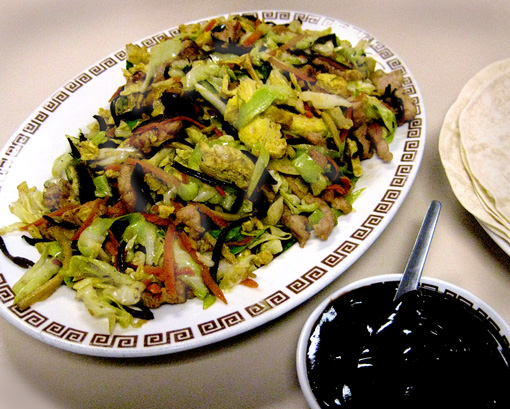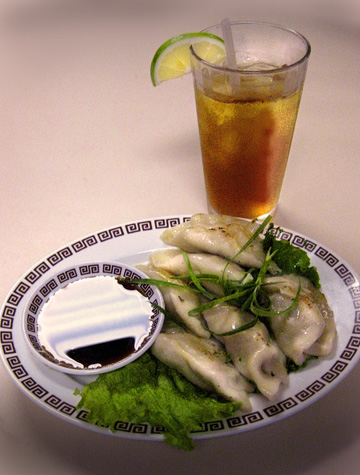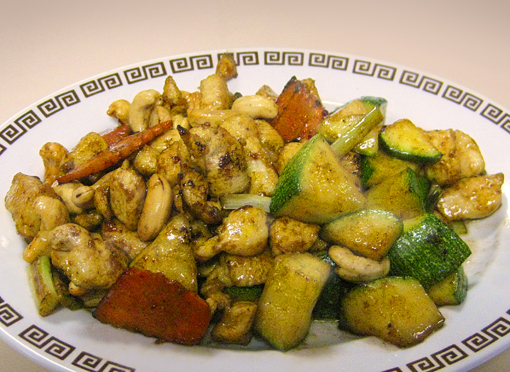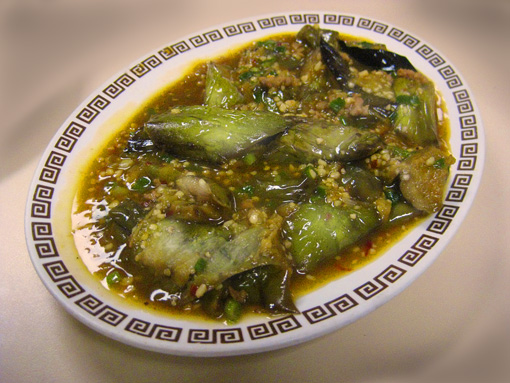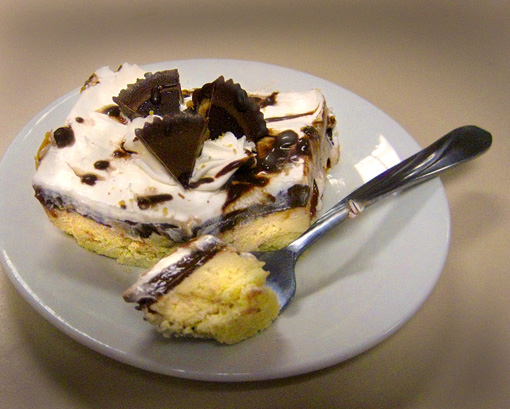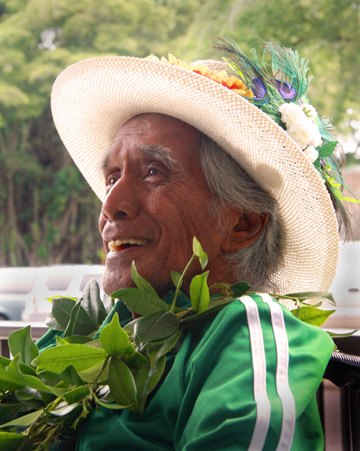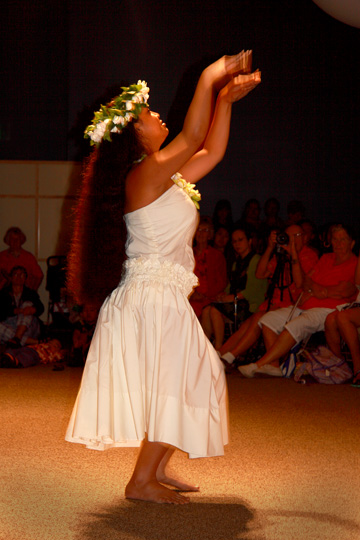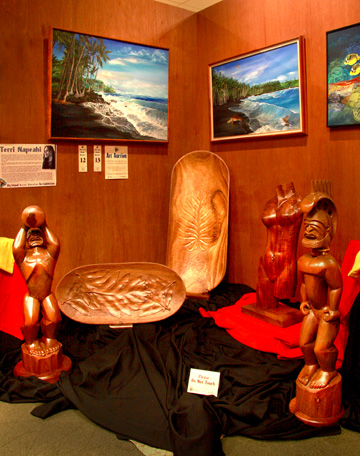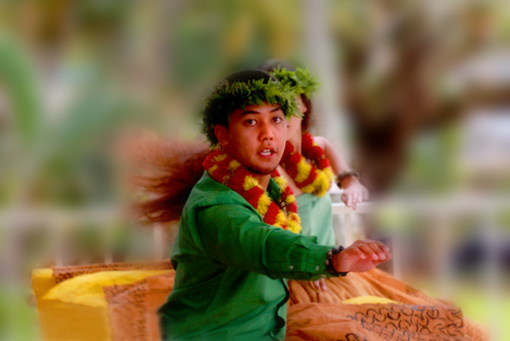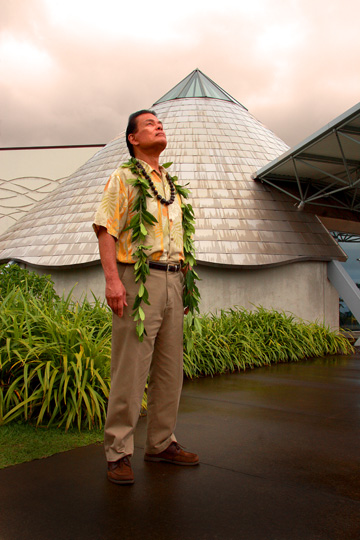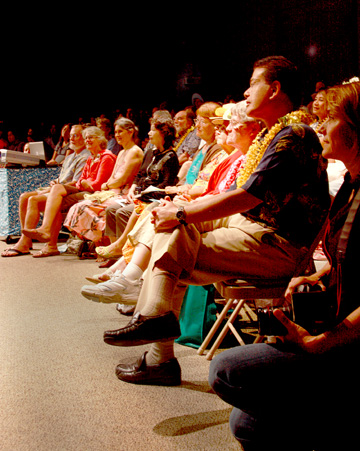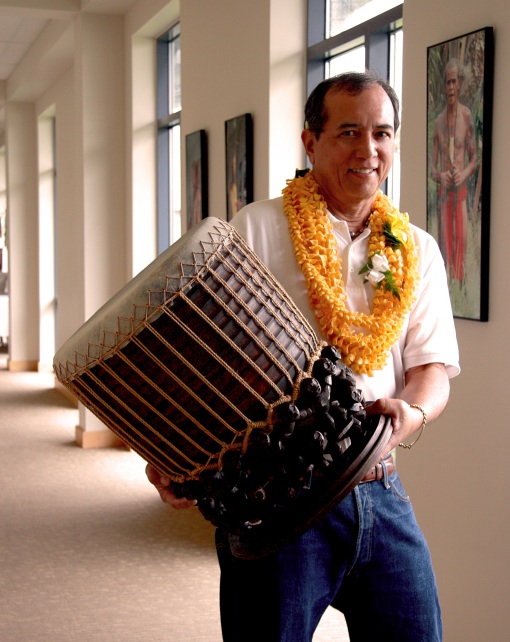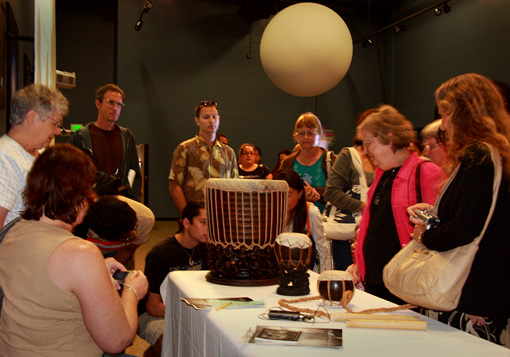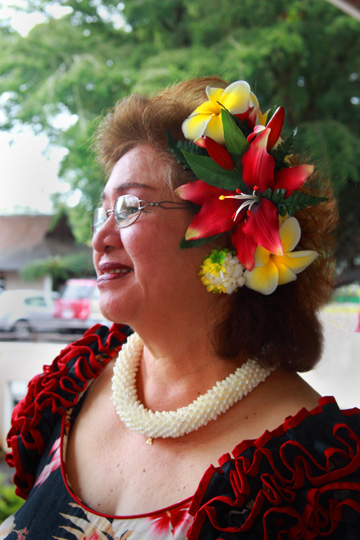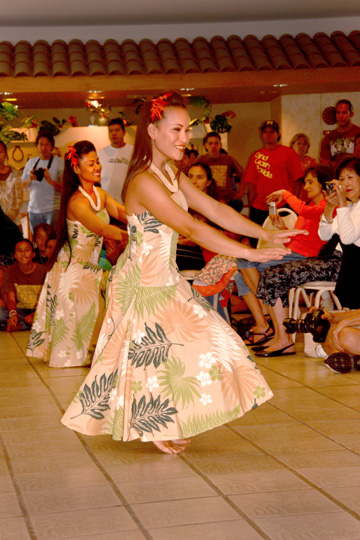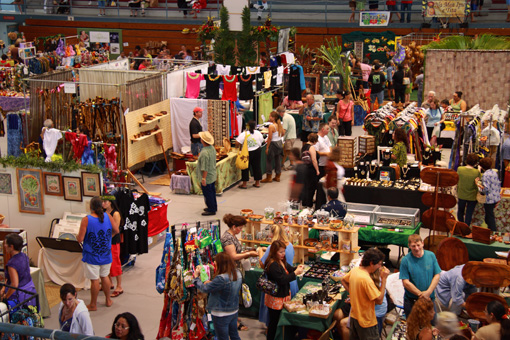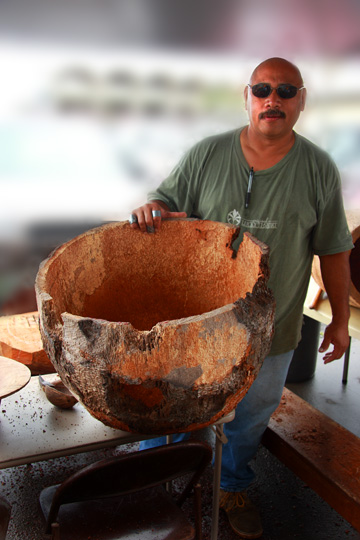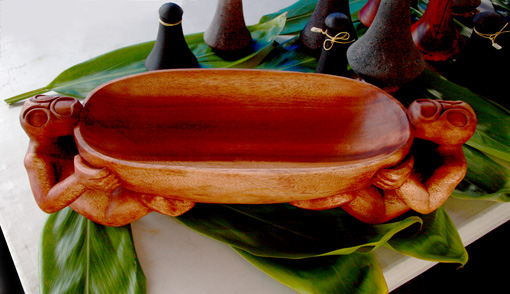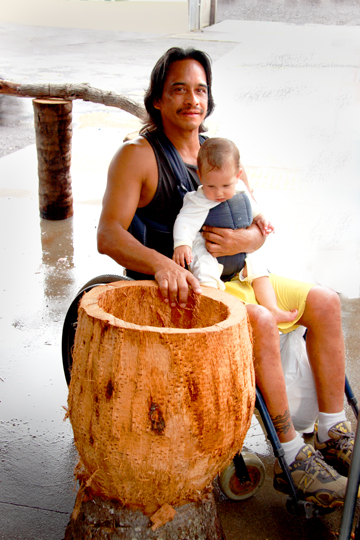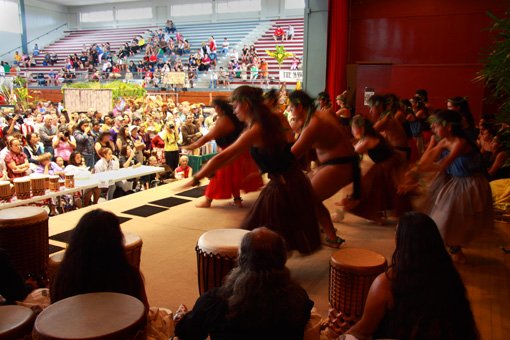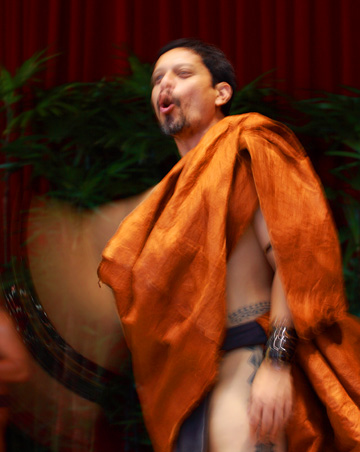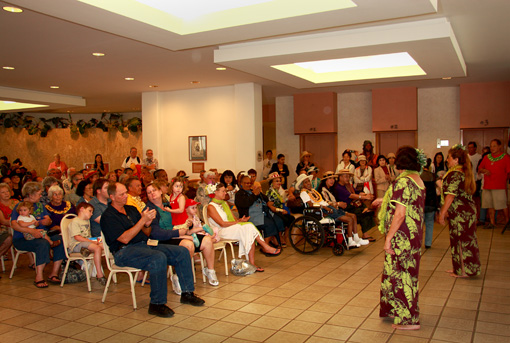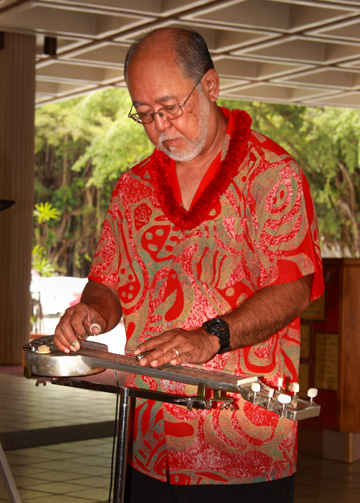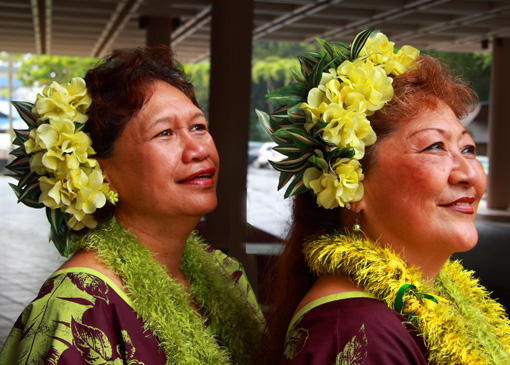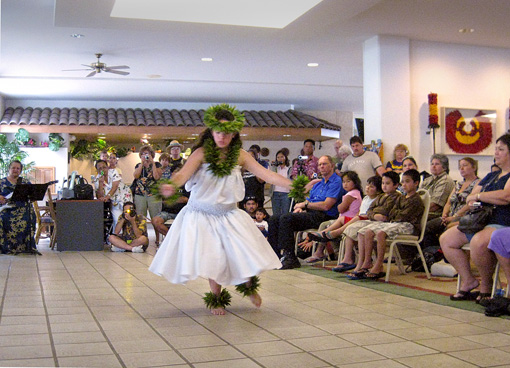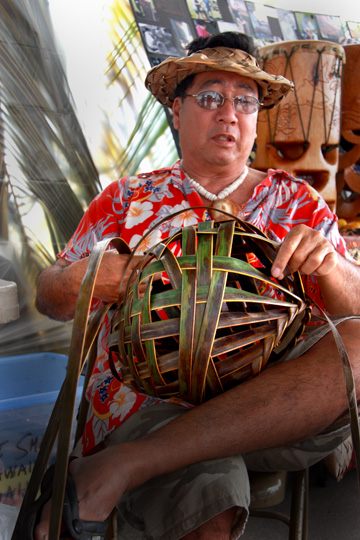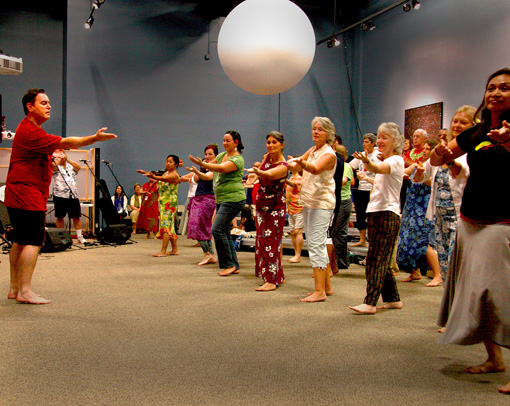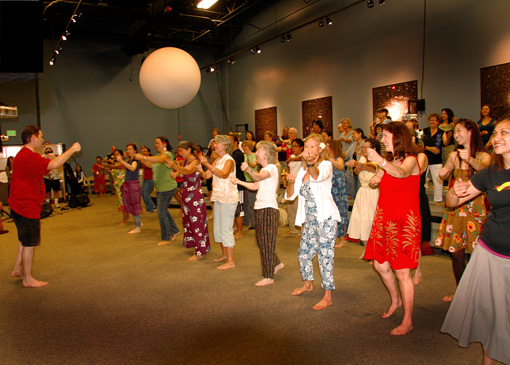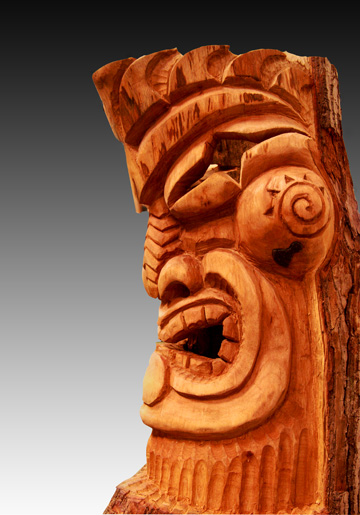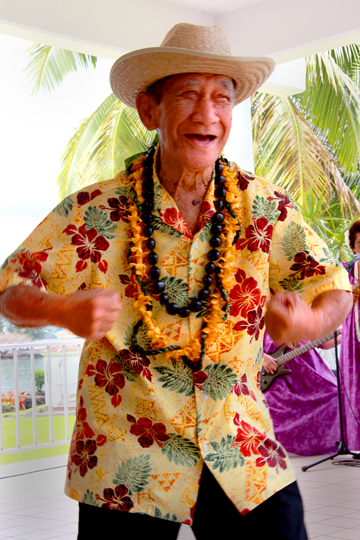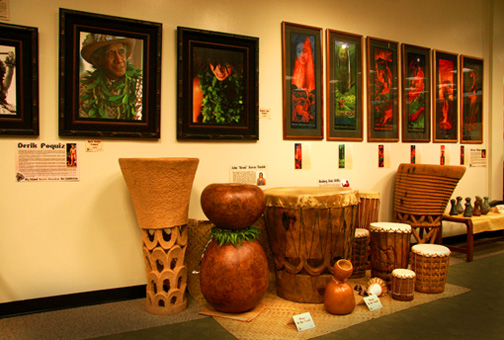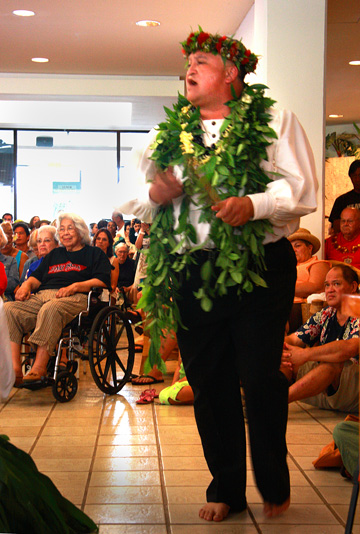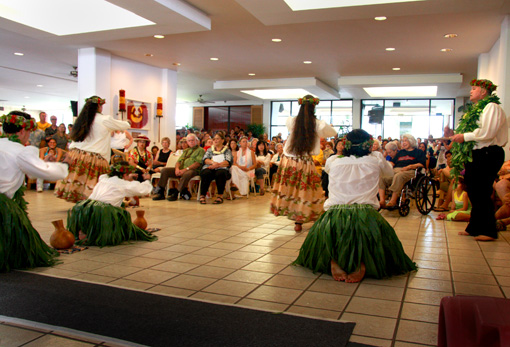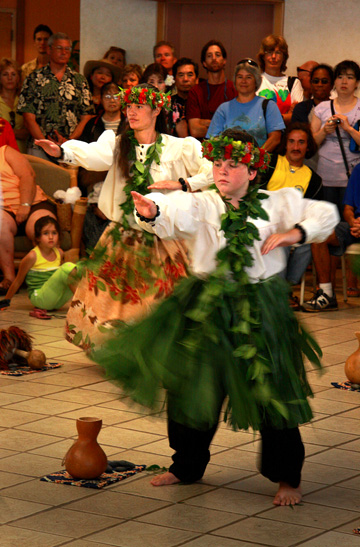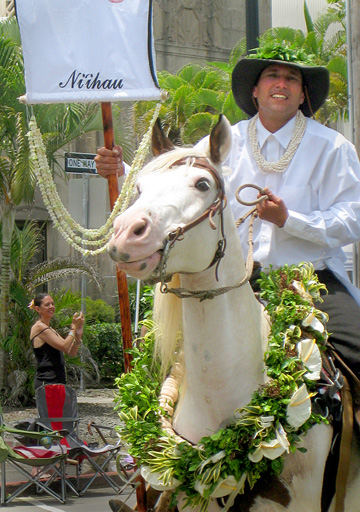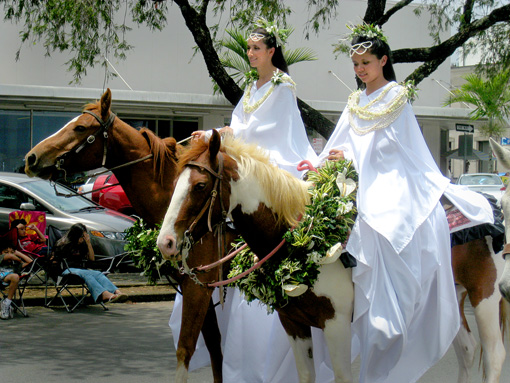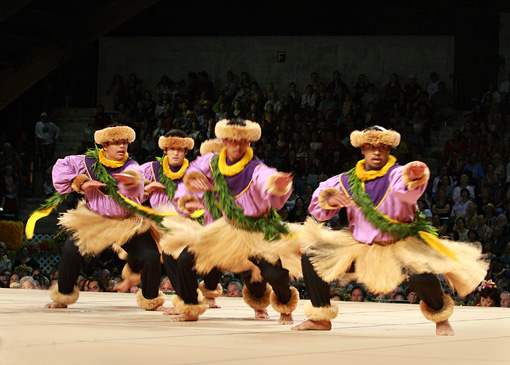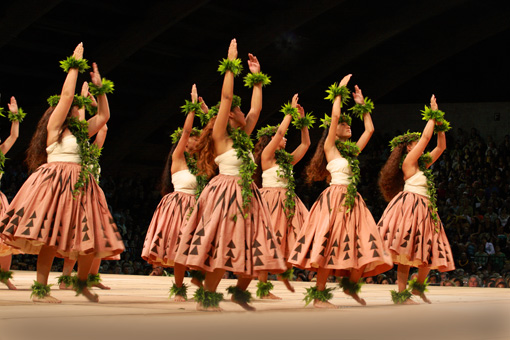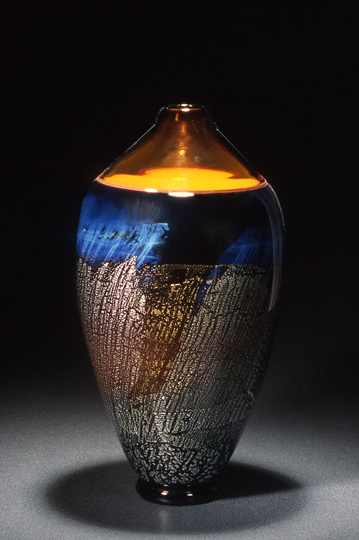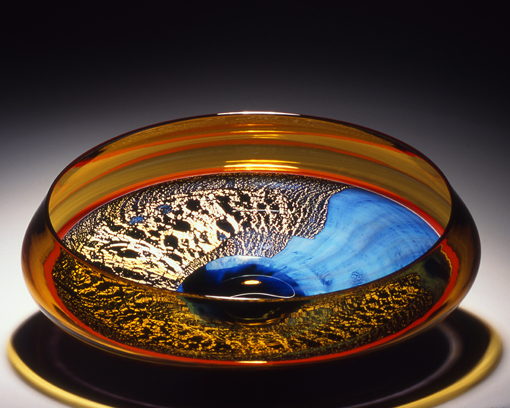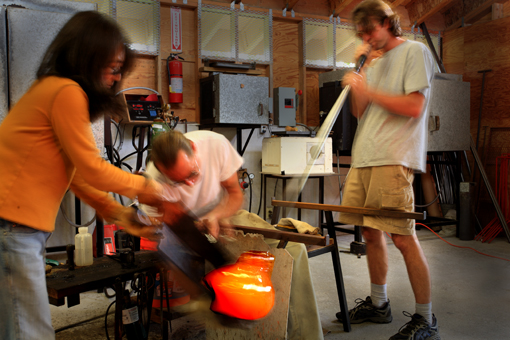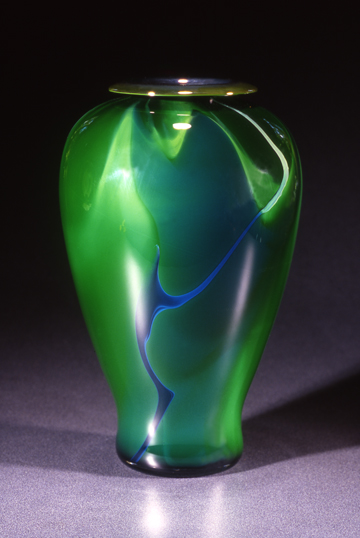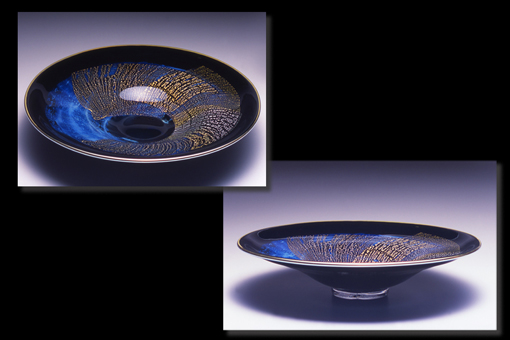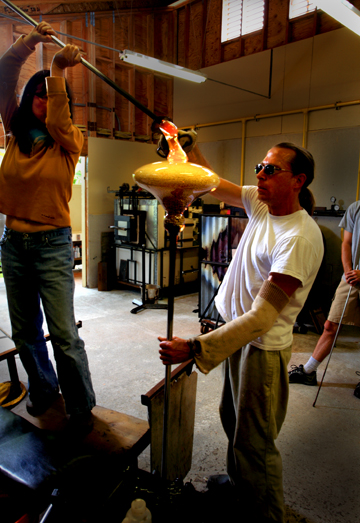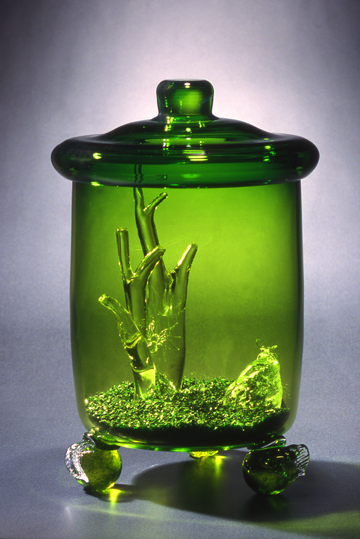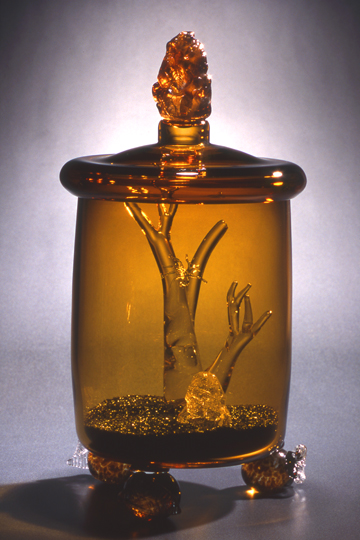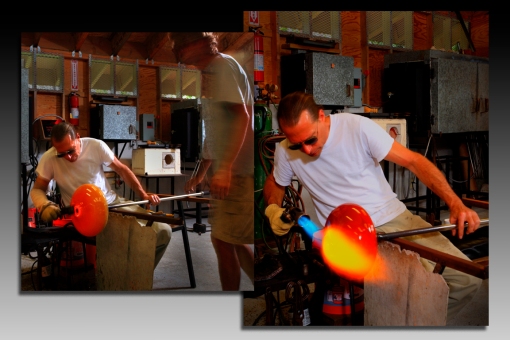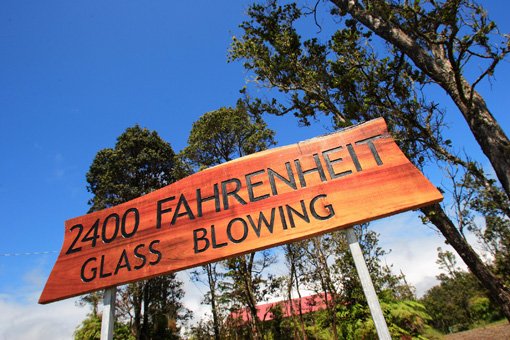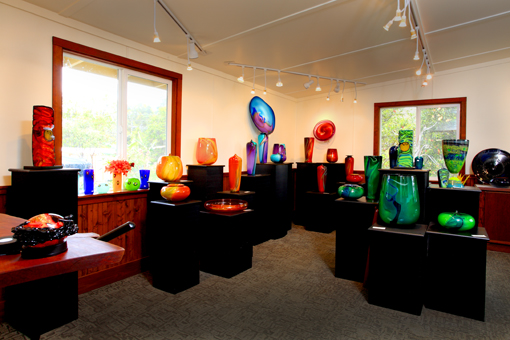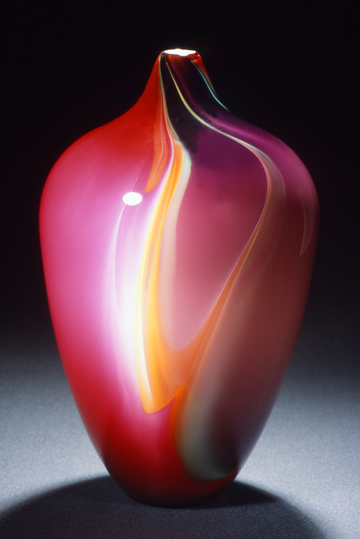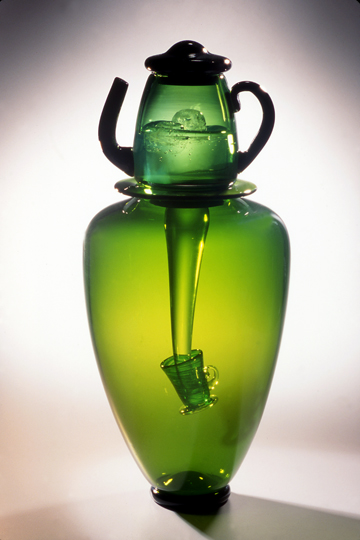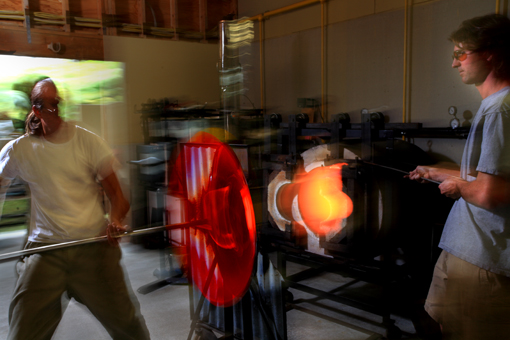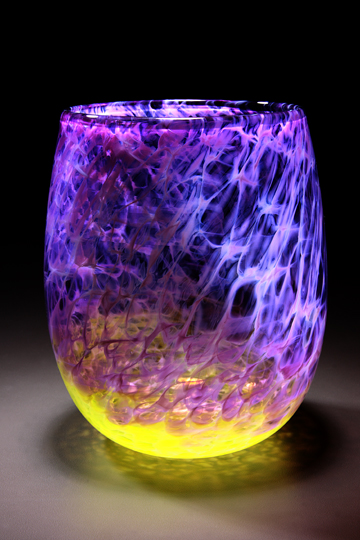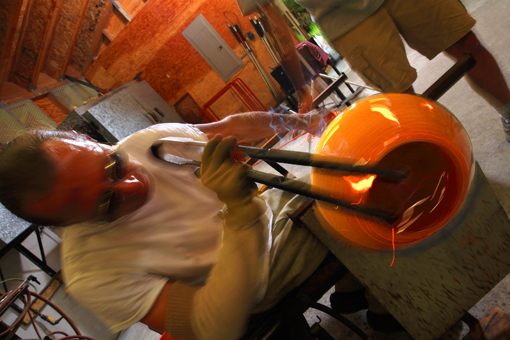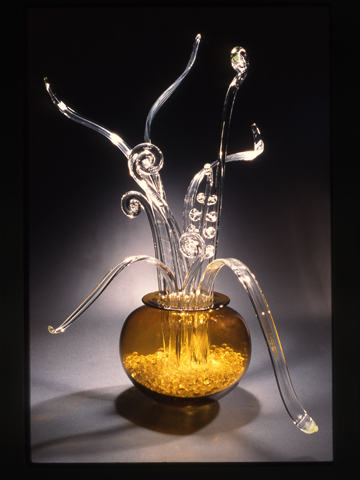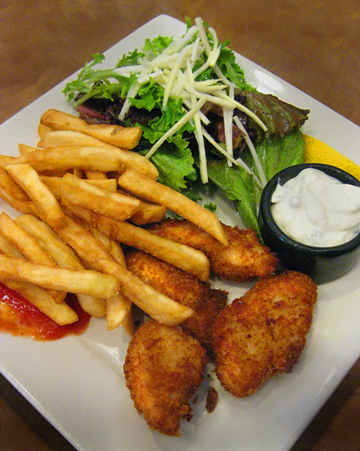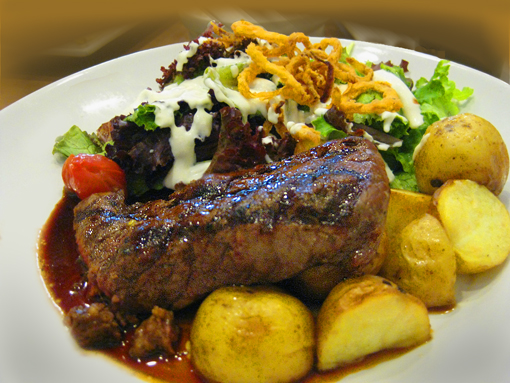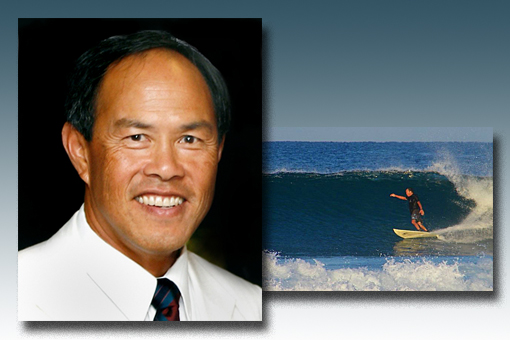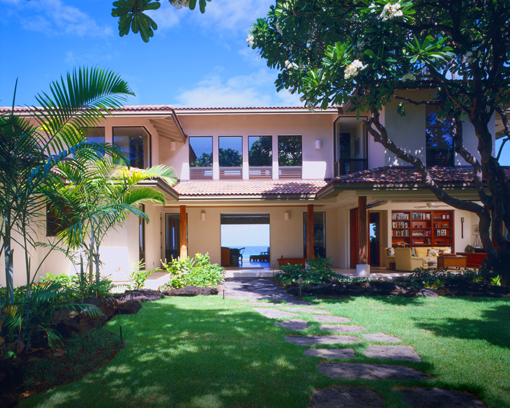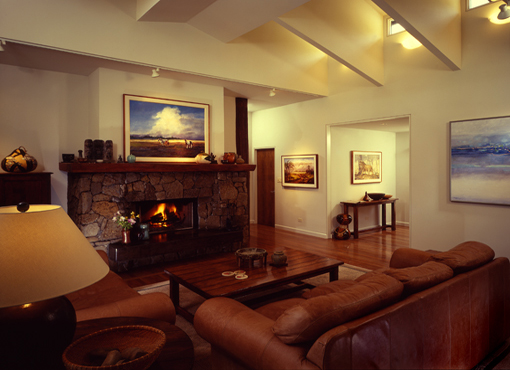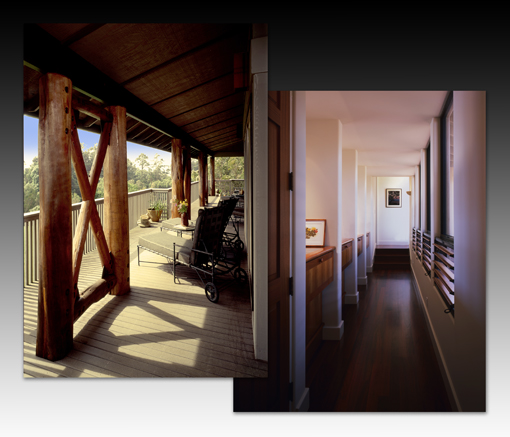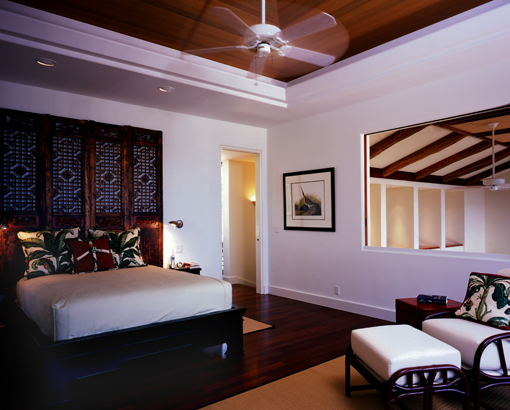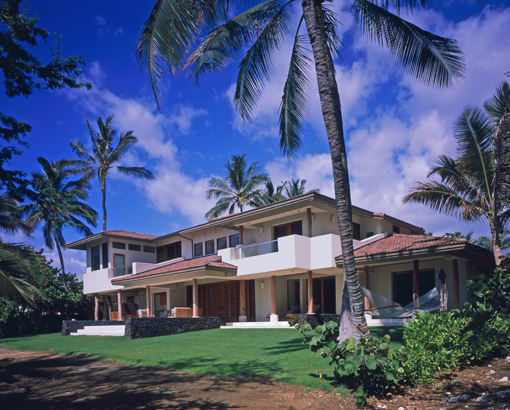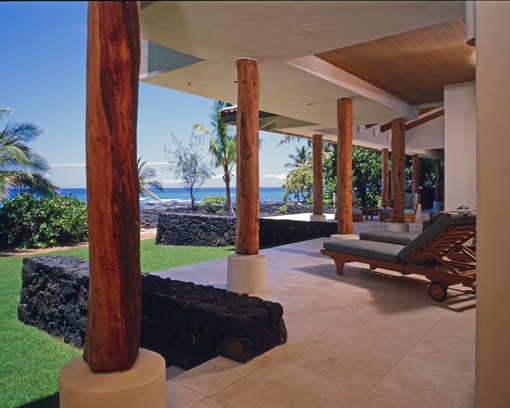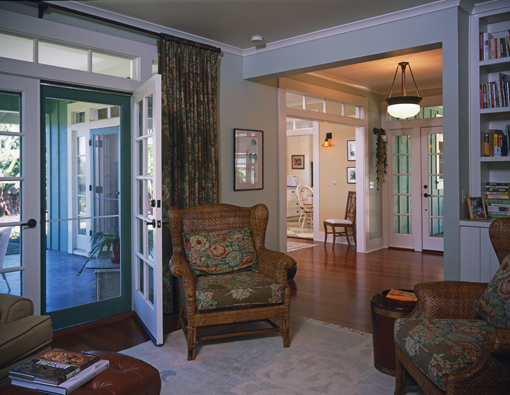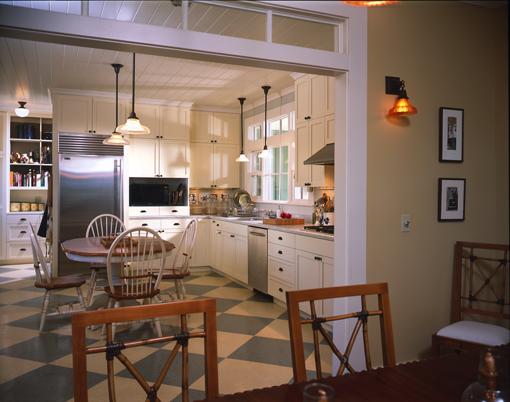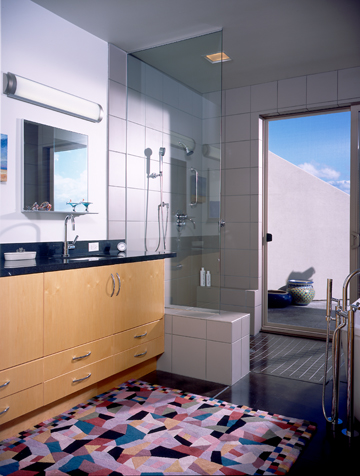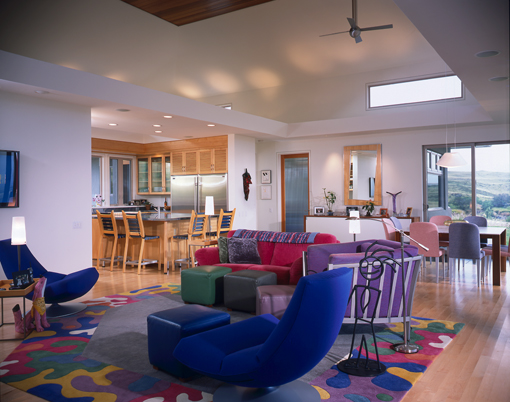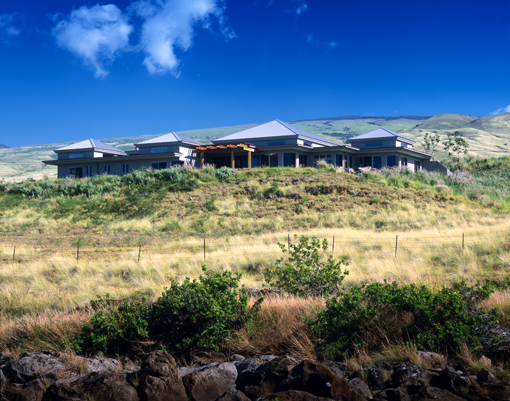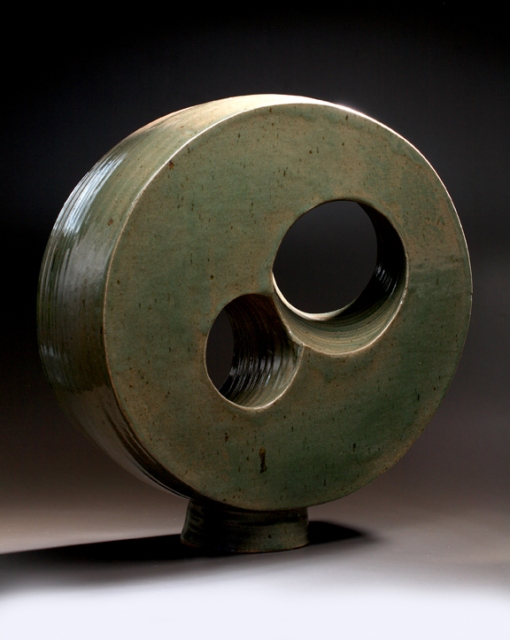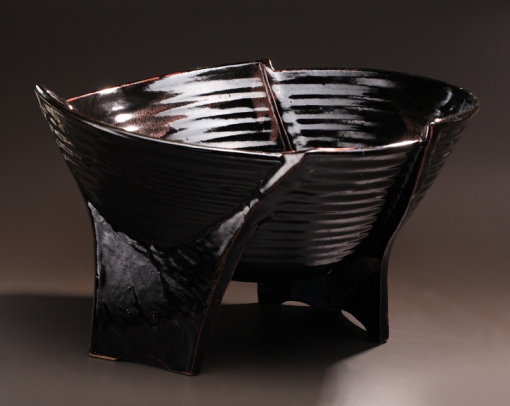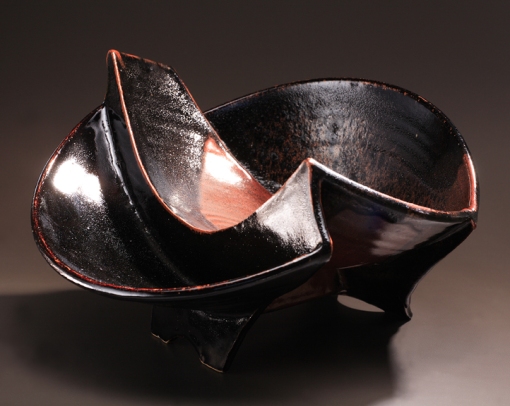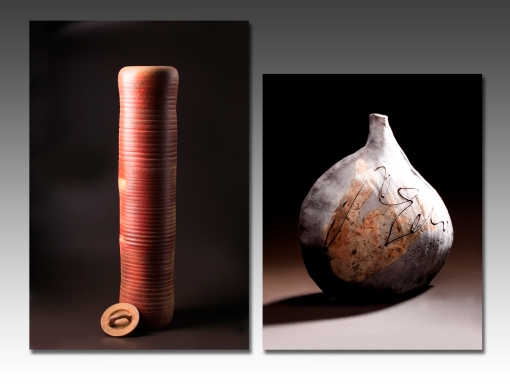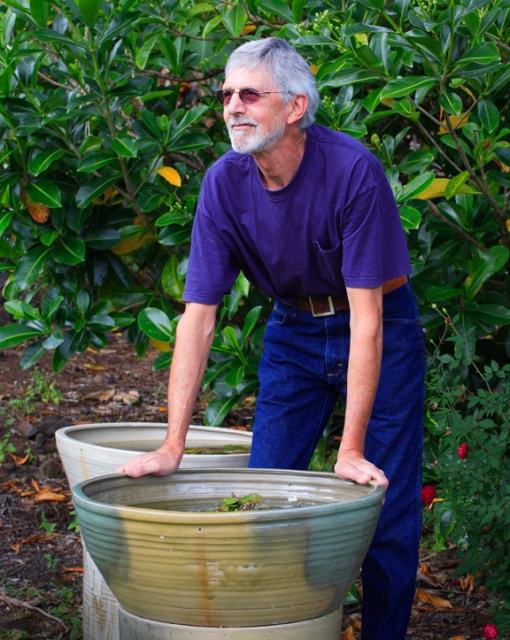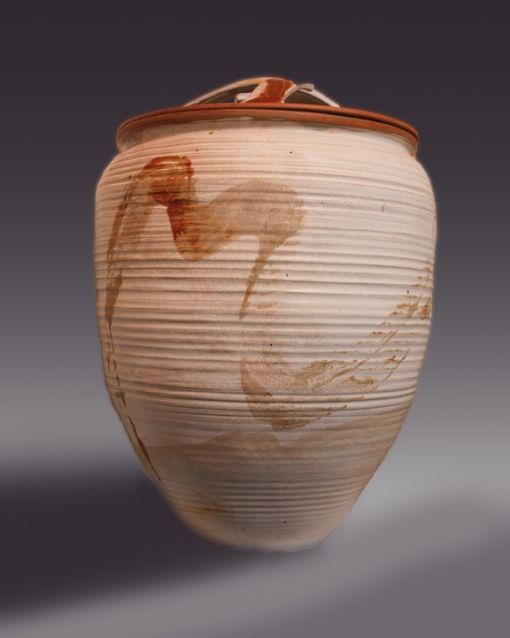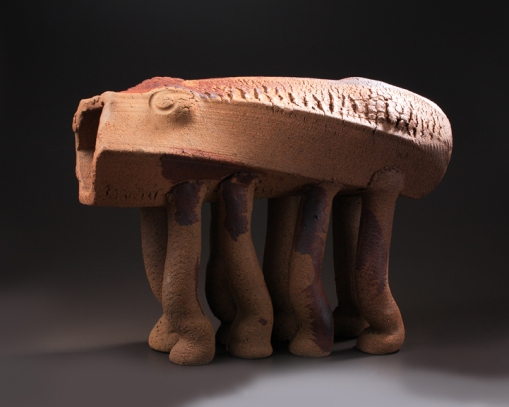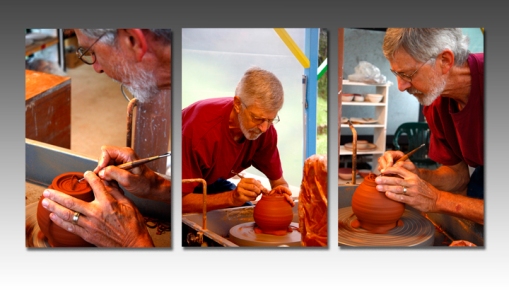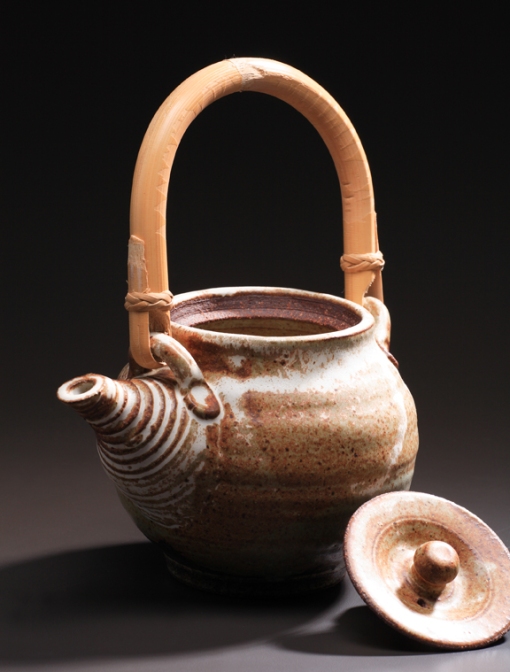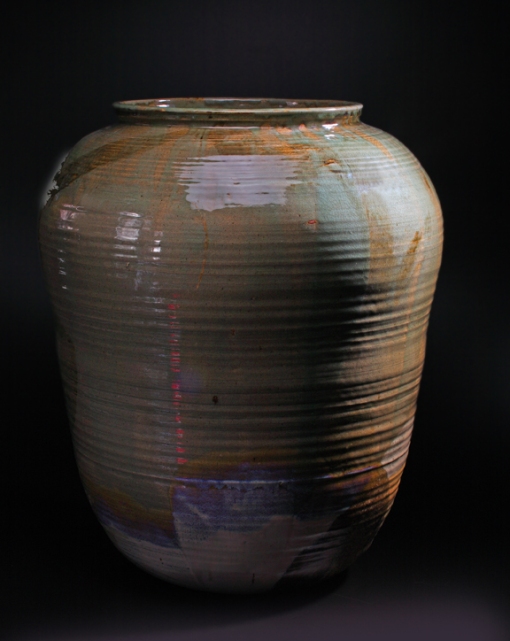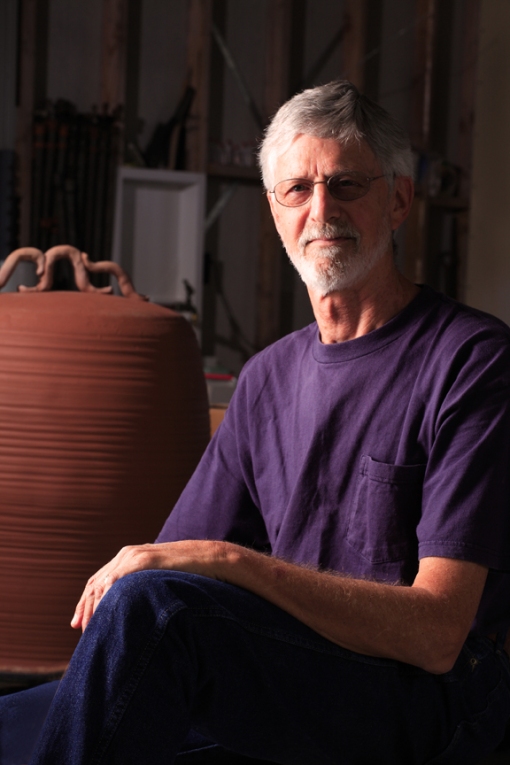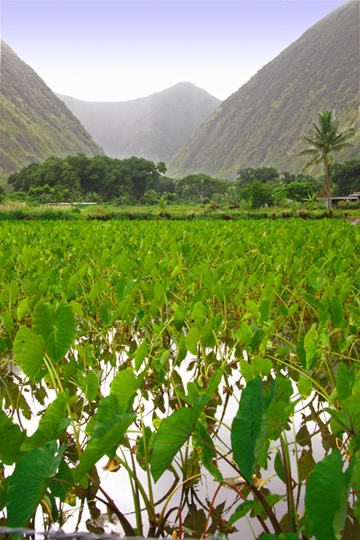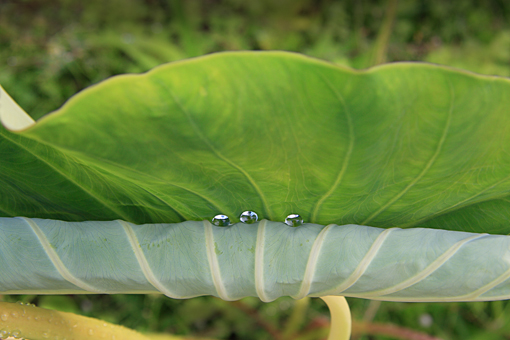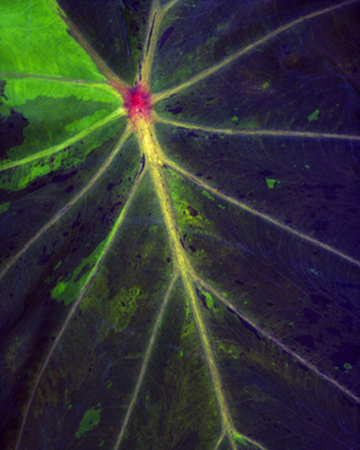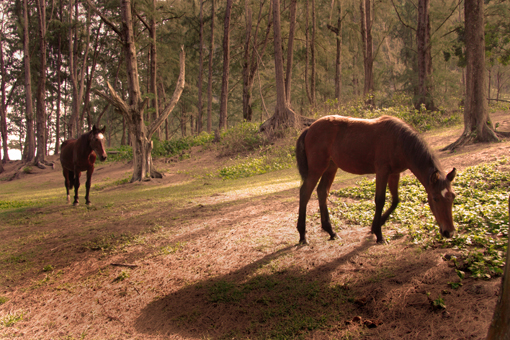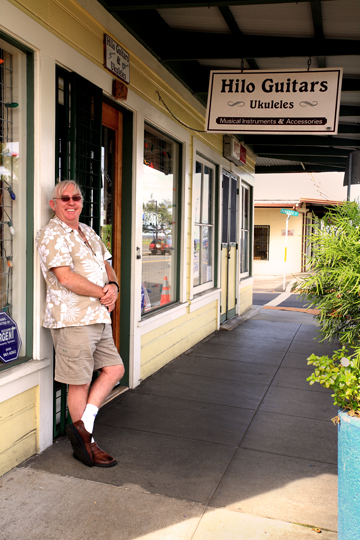
Ken Cameron
You can pretty much tell the story of Ken Cameron, owner of Hilo Guitars & Ukuleles in downtown Hilo, through guitars.
Starting when he was about 4 years old, growing up in Motherwell, Scotland, and happened to hear his first Hawaiian steel guitar. He says he asked his mother what it was and he was hooked.
He got his first guitar when he was 11 or 12, after his mother took him to see The Shadows at Green’s Playhouse Theatere in Glasgow. “I remember lots of girls screaming,” he says. “They were an instrumental band and I thought, ‘This is the best. This is what I want to do.”
For Christmas that year, his parents got him what he says was the cheapest guitar ever made. “It was unplayable,” he says. “I didn’t really know it, though.” He bought his first electric guitar when he was 15, after saving up money from a job at a local steel factory.
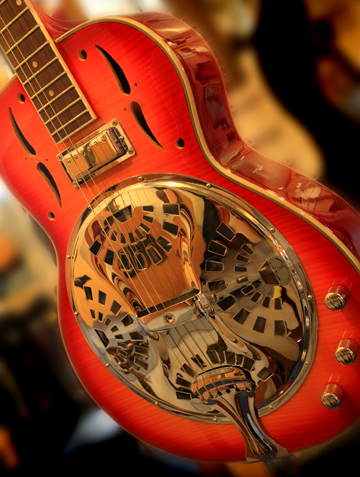
Jay Turser Dobro
At 18 – with $15, a sleeping bag and his guitar – he hitchhiked from his home in Scotland down to London after he and his girlfriend got themselves in trouble and her father threatened him with a shotgun. He began playing his guitar in the underground (subway) stations. The first night he slept under a motorway underpass, and the second night at a park.
“People have said to me, ‘Oh, you were homeless,’ but I never saw it like that. It was exciting,” he says.
For about four months, he and his new busker friends bedded down in the subway (where his 12-string guitar was stolen while he slept). After awhile, he and two others became squatters in a condemned building and altogether he stayed in London about three years. “It was an adventure and I loved it,” he says. “It was probably one of the best times of my life.”
Then he and a musician friend moved to Paris, where they stayed in a hotel in the Latin Quarter that cost about $10 a day. “We’d get up,” he says, “have breakfast at this Tunisian restaurant, and then go down and play until we’d made enough to pay for the hotel and for our food for the day.
It was in Paris, while he and his friend were playing in a creperie, that someone from Spot Records heard them and signed them to do a record. The 45, “Can You Feel It,” is now displayed along the staircase at Hilo Guitars.
He moved back to London, recorded a demo, and began shopping it around. He was signed by Dick James Music, the label where Elton John was signed and publisher of the Beatles’ music. Ken cut a single with Roger Taylor (later of Queen), half of Elton John’s band, and some others, and it enjoyed moderate success. With former members of the Incredible String Band and David Bowie’s backing band he formed a band there called Ernest Brainchild and the Invaders.

Wall of Ukes
After moving to Canada, he heard from some musician friends in San Francisco who told him they were making records for CBS and living the high life. He caught the Greyhound bus out to join them.
“They had been spinning me a line,” he says. “When I got there, they said, ‘We just said that to get you over here.’”
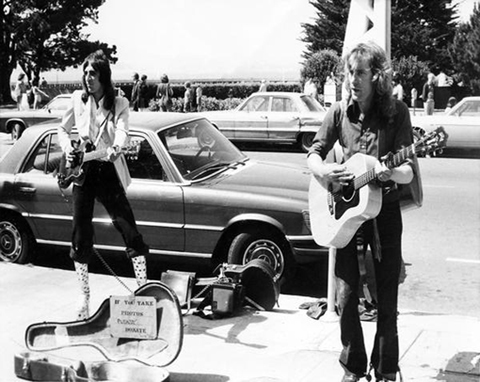
Ken and Friend Busking in San Francisco
He didn’t mind, and for a couple years he played in the Cannery there and in San Francisco clubs. He had an act with Harry Anderson, later of the TV show “Night Court,” who started out as a street magician. “He’d throw up a ping pong ball in the air,” Ken says, “and I’d catch it on the end of my nose and play music while pretending to balance it. Really, you used a little glue on the ping pong ball and on your nose.”
He formed a band called Killerwatt, which became very popular. They opened for Blondie, Sammy Hagar, Eddie Money and Mink Deville at the legendary Mabuhay Gardens and also the Great American Music Hall. “We were pretty close to making it there,” he says, “but punk came along.”
The band eventually disbanded and he and a musician friend ended up in Los Angeles, where they started playing at the Starwood, the Troubadour and other local clubs.
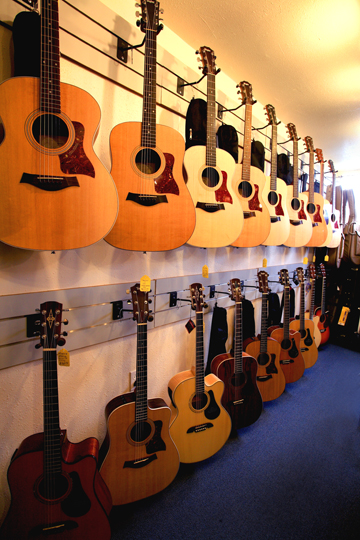
Something For Everyone
Ken bluffed his way into a job as sound engineer at Madame Wong’s in Chinatown. “I asked what kind of board they had, and went and looked at it at a store, took the instruction manual home and learned it.” He ended up as the club’s sound engineer for five years, working with the likes of the Police, Motels, Los Lobos among many others, until the place burned down.
That became a turning point for Ken, who says at that point he’d been drinking too much and doing too many drugs.
“I’d been at Canters, a Jewish restaurant down on Fairfax that was open 24 hours a day. That’s where everyone went after the clubs. I remember looking around at guys in their 50s who were still trying to look like they were in their 30s, and still talking about making it. I thought I needed to get my act together. I wanted to get away from the rock ‘n roll scene.
“I was 34, I hadn’t had a real job, I was still in the country illegally, had no credit rating. I had been living under the radar.” He moved to Fresno, sold life insurance, and then got a job selling audio equipment at the Federated Group. When that company went out of business, he went over to The Good Guys, where he was top salesman in the chain’s 70-some stores. The guitar took a back seat for a few years.
He moved again, this time toward Yosemite, and there he met the woman who would become his first wife. One day she invited him to go for a bike ride.
“I don’t think I’d been on a bike for 20 years,” he says. “I was still drinking and smoking cigarettes. I realized if I were going to have a relationship with this woman I was going to have to change my ways. The following day, I quit smoking and drinking.”
She was Australian, and they moved to Australia for a time (“You’re meant to look before you leap, but I tend to do the opposite”). That didn’t work out, and they returned to the U.S. and subsequently divorced.
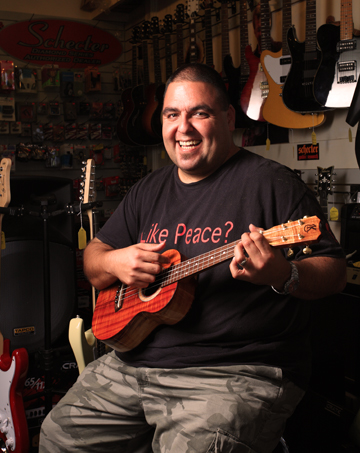
Brian Padilla
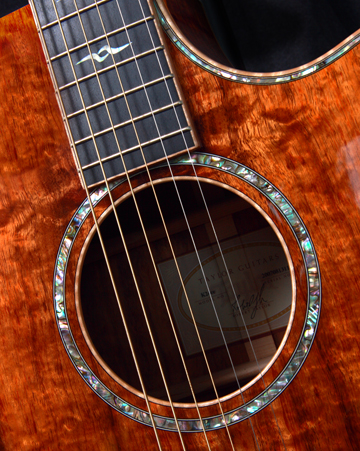
A Koa Taylor
Ken was living in San Luis Obispo, working in a music store/guitar shop called Blue Note Music, and playing music again when he and a friend went on vacation to the Philippines.
He met his second wife there, came home, sold everything and moved to the Philippines. “I tried living there,” he says, “but all hell started breaking loose. This was maybe nine years ago. Hostages were being taken, bombs were going off in shopping malls.” Their daughter was born there.
Soon after they brought their little girl and his wife’s older daughter to California. They lived in Paso Robles and weren’t very happy there. “It was very rednecky,” he says. About six and a half years ago, someone suggested he check out Hilo.
“Prices in California at that point were so outrageous,” he said. “But Hilo had houses for under $120,000. I thought it was too good to be true. I got to Hilo and was here less than two hours when I just fell in love with it.”
Especially downtown Hilo. He originally planned to open a guitar shop there with his friend, but when the friend changed his mind Ken proceeded on his own.
“A music store is a happy place to work,” he says. “It’s not a place where someone comes in to spend $400 on tires, or something else they don’t want. It’s a very positive environment to work in.”
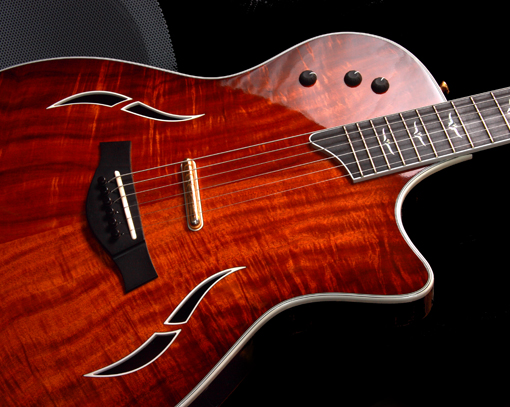
Taylor - T5
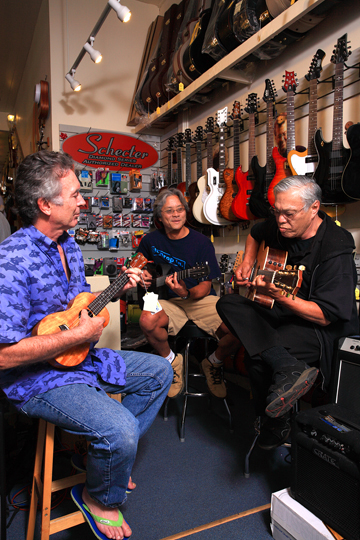
Jammin': Wes Davidson, Gary Fujihara, Fred Hee
And he says he likes that it tends to be a hangout. “There are a lot of local musicians who are wonderful musicians,” he says. “They’ll come in and talk story for 45 minutes or an hour. Every now and again we’ll get little impromptu jam sessions.There are certain people, like Dwight Tokumoto – when he comes in and picks up a guitar, I just stop what I’m doing and listen.”
Ken says that before he came to Hawai‘i, he thought of the ‘ukulele as a “joke instrument; like Tiny Tim. But when locals came in and started playing I realized it was a very serious instrument.” Now, he says, the shop probably sells more ‘ukuleles than guitars.
“We’ve sold to one of the guys from Los Lobos, the girl from the B52s. The special effects guy from Raiders of the Lost Ark, he buys an ‘ukulele every six months from us.”

Electric Wall
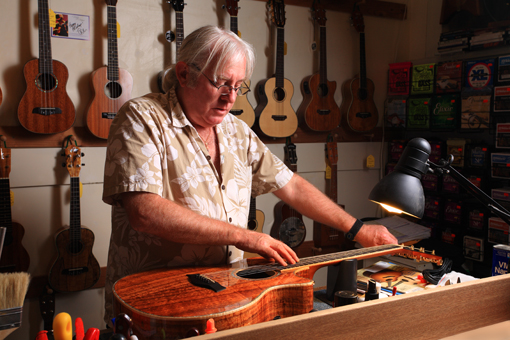
Ken, Restringing A Guitar
“I’d say we possibly have one of the largest selections of ‘ukuleles on display in Hawai‘i, and if that’s the case, very possibly in the world. When we opened the shop we only had three ‘ukuleles. Now we have over 120 on display.”
Ken says he loves Hilo and feels that they’ve become part of the community. “I enjoy all the different people we meet,” he says. “I think a lot of people come to Hilo to get away from the rest of the world. What is it, the farthest away from any land mass. I think that’s reflected in some of the population.
“Normal people are kind of boring. There are some very eccentric people here, which I like.”
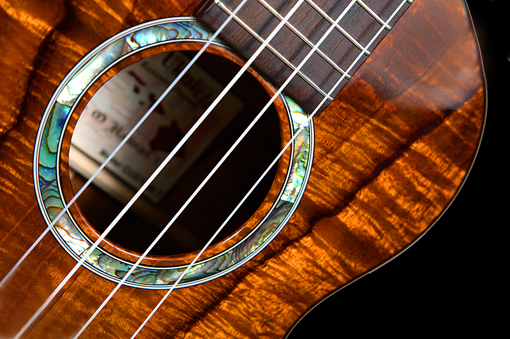
Kanile‘a Rosette (photo courtesy Kanile‘a Ukuleles)
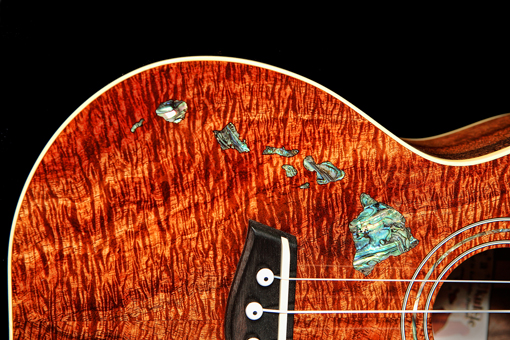
Kanile‘a Inlay (photo courtesy Kanile‘a Ukuleles)
Macario on Ken:
I first met Ken at a party, and we played a couple songs. And then he came to our daughter’s first birthday party and we all ended up on the stage together just jamming. It was Dwight Tokumotu, we pulled Laura Alderdice up there, Fred Hee was playing in the back, Jeri Gertz was singing, I was playing ‘ukulele, and there were a couple other people there. We had a good time.
After meeting him and playing music with him a couple of times, then I found out all the people that he’s played with and where he’s been and all that. I thought, Wow, this is a wild and crazy guy. And a lot of fun.
Hilo Guitar is a great little shop. Ken has sort of the ‘old style’ of doing business. He doesn’t sweat the small stuff. He invites people to try instruments. Everybody says they do that, but they don’t really all do it.
Usually when you go in other places, first they check you out: Can this guy afford what he’s looking at? At Hilo Guitars, they don’t question that stuff. They’re there to fill the person’s needs, whatever level he’s at. That, alone, is a biggie to me.
Ken kind of reminds me of this mentor I had; this guy I worked for when I was a musician. Chuck Molinari. He had a drum shop in Honolulu called the Drum Shack. I worked with Chuck for years while I played music. You know what my hours were there? They were, “when you wake up, come in.” Because I was working as a musician at night and sometimes we used to work until 4:00 in the morning.
Anyway, there was no attitude there. They weren’t there to question your abilities; they were there to help you.
Ken has the same kind of attitude that Chuck had. About helping musicians, and helping people get the things they need so they can play. He likes people coming in and jamming in the store and stuff. And when you pick up an instrument in his shop, it’s usually tuned to where that instrument is supposed to be.
Brian Padilla also mans the counter at Hilo Guitar, and he teaches ‘ukulele there too. He’s a really good musician; he’s a very popular back-up musician for quite a few people who play around Hilo. So when he’s helping a customer he can pretty much tell where that person is, and he knows how to help them.
Fletcher Epperson teaches guitar there, and Dennis Lake does their repairs. He can repair just about any stringed instrument.
Hilo Guitar has something for everybody, no matter where you are on the ladder of music. That’s why they call it the Greatest Little Guitar Shop in Hilo.
Ken’s also real active in the community. He works with the East Hawai‘i Cultural Center to promote workshops and concerts. When there was that tsunami in Indonesia, he just jumped in and helped with getting some donations and supplies and stuff.
I think he’s a great asset to the community. To Hilo.
_________________________________
“I love the weather here; I came from Scotland. And living in California with the hills being brown, they always looked sick to me. I don’t mind the rain. When it stops raining here everything sparkles like a jewel.” – Ken Cameron
PAU
